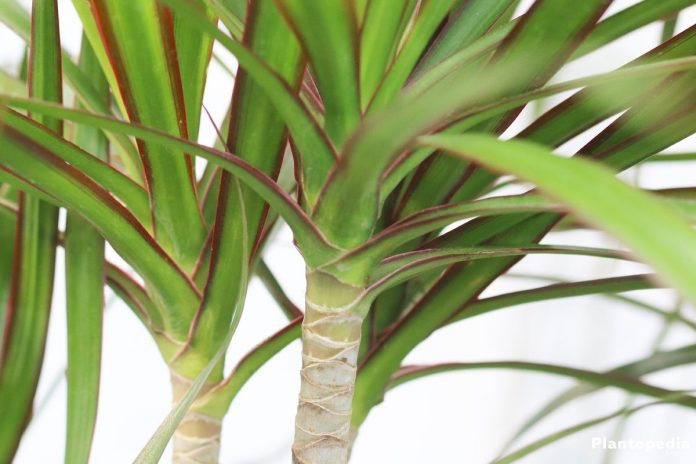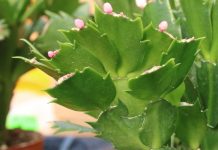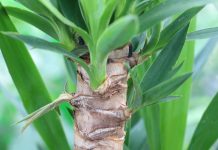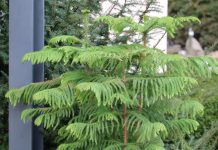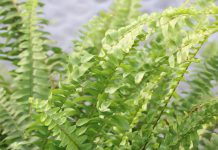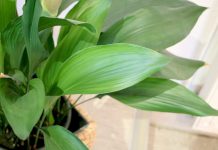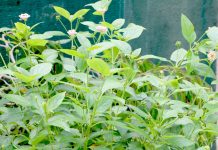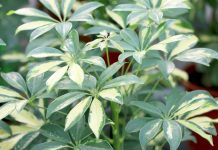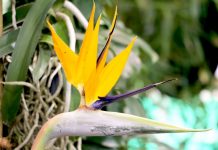The Dracaena Marginata, also known as the Madagascar Dragon Tree, presents itself quite palm-like. It conjures a tropical atmosphere in every living room and captivates with a rich leaf green. When it comes to the care, it shows itself as an undemanding indoor plant, which can also forgive if watering has been forgotten from time to time. You can meet its few demands with our professional advice in the cutting and care instruction.
Plant Profile
Contents
- Plant family: Agavaceae
- Genus: Dracaena
- Species: Dracaena Marginata
- Popular name: Dragon Tree
- Origin: Madagascar
- Growth height: up to 200 cm
- Evergreen, shiny leaves 30 to 40 cm long
- With two-colored leaf marks
- Not hardy
- Poisonous for cats!
The dragon trees (Dracaena Marginata) are the perfect beginner’s plant, because they will hold no grudge when at first the care is not sufficient. Especially the Dracaena Marginata are popular for its low maintenance. The two-colored leaves set colorful contrasts in living rooms, gardens and on balconies. Due to its exotic appearance, it creates a harmonic atmosphere in its environment.
It shows to be very robust and is easy to bring to the correct height through pruning. Even without expert knowledge, it is possible to multiply them if you know how to do it. We will explain everything in detail in our professional care instructions.

Care
You do not need the green thumb of a professional gardener to please the demands of the dragon tree. Simply follow our care instructions and tips, and you will enjoy this plant for a long time.
Location
As a tropical plant, the dragon tree (Dracaena Marginata) needs bright conditions. A place with lots of sun but without direct sunlight is its favorite. It tolerates semi-shade to a shady place but it will grow slower. Therefore, it should be circulated once a week when put in front of a bright window, so she will receive the same light intensity on all sides and grow evenly.
This kind of plant prefers warm temperatures between 19 and 25 degree Celsius. It reacts with damages on its leaves to lasting temperatures below 15 degree Celsius. The absolute limit is below 5 degree Celsius. The plant will freeze, entirely stop supply circulation and die.
The dragon tree (Dracaena Marginata) enjoys standing outside on a balcony, the patio or in the flower patch if the outside temperatures are warm enough. Though, it does need to get acclimated slowly to the unfiltered sunlight. Here as well, a place outside the blazing sun is a wise choice. Basically, the Dracaena Marginata does not tolerate a cold draft nor strong storms. Please take this into consideration when choosing the right spot.
Ground Conditions
The ground and soil conditions are the basis of existence for many plant species. But this plant shows particularly undemanding. She thrives will in standard soil. Only important factor: the soil should have a pH-level of around 6.0. It is ideal when the ground is mixed with a little sand or clay. The components improve the permeability of the ground and minimize the risk of water-logging.
Substrate
As well as the soil conditions, the substrate should have a pH-level of around 6.0. Optimal would be cacti soil or a special substrate for indoor plants for smaller dragon trees. Big dragon trees on the other hand are happy about palm tree substrate or tub soil.
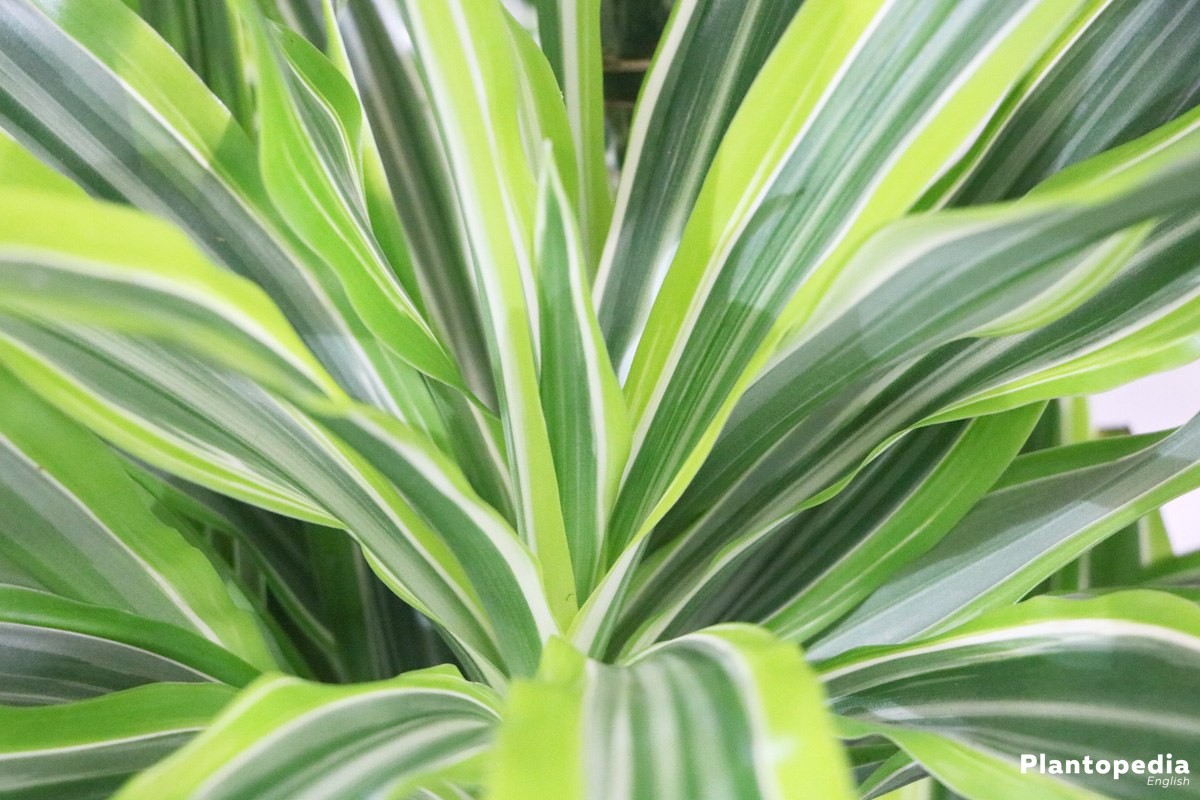
Additionally, clay granules in a ratio of 2:1 prevents mold growth and supports with water permeability because it lightens the substrate.
Planting Season
If the dragon tree (Dracaena Marginata) is supposed to be planted in the flower patch or in a balcony tub, the optimal planting season is basically dependent on the outside temperatures. Because it is not very well equipped for locations below 15 degree Celsius are, the night temperatures should be above that before bringing it outside.
These temperatures are usually a given around end of June/beginning of July. Re-potting can happen year-round. But it is advisable to wait after winter break in the early spring shortly before the growth of shoots begins.
Planting in the Flower Patch
When the perfect spot has been found and the ground conditions meet the Dracaena’s demands, it can be planted without much effort.
You should only focus on a few things:
- the planting hole needs to be at least twice as big as the plant bale
- a ground drainage made from gravel, quartz sand reduces the risk of water-logging
- mix compost under the soil, this way the nutrient level increases for strong growth
- plant apart at least 1.5 times of the plant’s circumference
- the root basis needs to be at least 3 cm underneath the surface after planting
Planting in the Tub
Planting in a bucket or tub works in almost the same way as described under the section “Planting in the Flower Patch”. Fill the bucket or tub only op to at least two cm under the rim. This way, you will prevent over flowing when watering. Re-potting needs to usually be done every two to three years or even later, when root penetration throughout the entire planter occurs. When re-potting, always choose a planter of 10 to 15 cm to allow the roots to grow sufficiently.
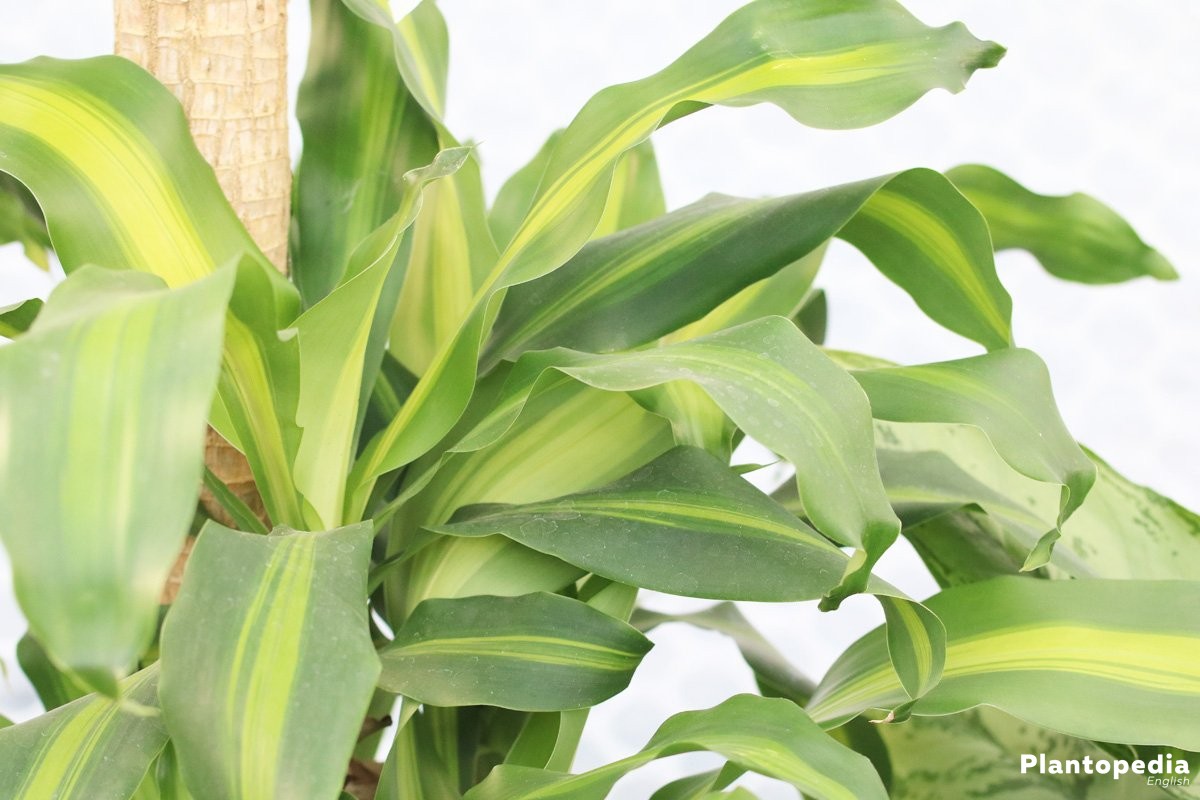
It should have a drain hole for excess water to drain. It is important that you do not damage the roots when loosening the plant from the pot. You can prevent this by dipping the pot in a fully water-filled container for about two minutes. When the soil is completely soaked, the plant including its root will be easier to be pulled off the pot.
Watering
The demand for water of the Dracaena Marginata is in the low or moderate areas. It can tolerate lasting drought better than too much moisture.
If you follow these watering instructions, you will meet the plants demand perfectly:
- water moderately every three to four days from November to February: when the ground surface has dried a little
- during the growth period from spring to late summer, water moderately daily or every two days
- avoid water-logging
- do not let the root bale dry out
- during the hot summer days or the heating period, spray the leaves daily with lime-free water
Fertilization
The dragon tree (Dracaena Marginata) should be fertilized once a week from March to October. Ideal is complete fertilizer for green plants which noticeably improves growth. When the plant reach the desired height, less fertilizer should be provided.
Fertilization every six or eight weeks is sufficient. For dosage, strictly follow producer’s instructions. After fertilization, the plant needs to be watered for the fertilizer to evenly spread in the soil or substrate.
Pruning
With good care and fertilization, the dragon tree will quickly gain in circumference and height. You can keep this under control by pruning. The perfect time is from spring to summer, shortly before and during the growth period.
Situated at the upper stem is the so-called “sleeping eye” a bulge underneath the stem bark. You can cut all shoot tips on top of that to reduce the plant’s height. Shoots at the side can be cut right underneath the junction of the stem. After pruning, several young shoots will usually sprout right under the cut, these are the reason of a thick foliage.
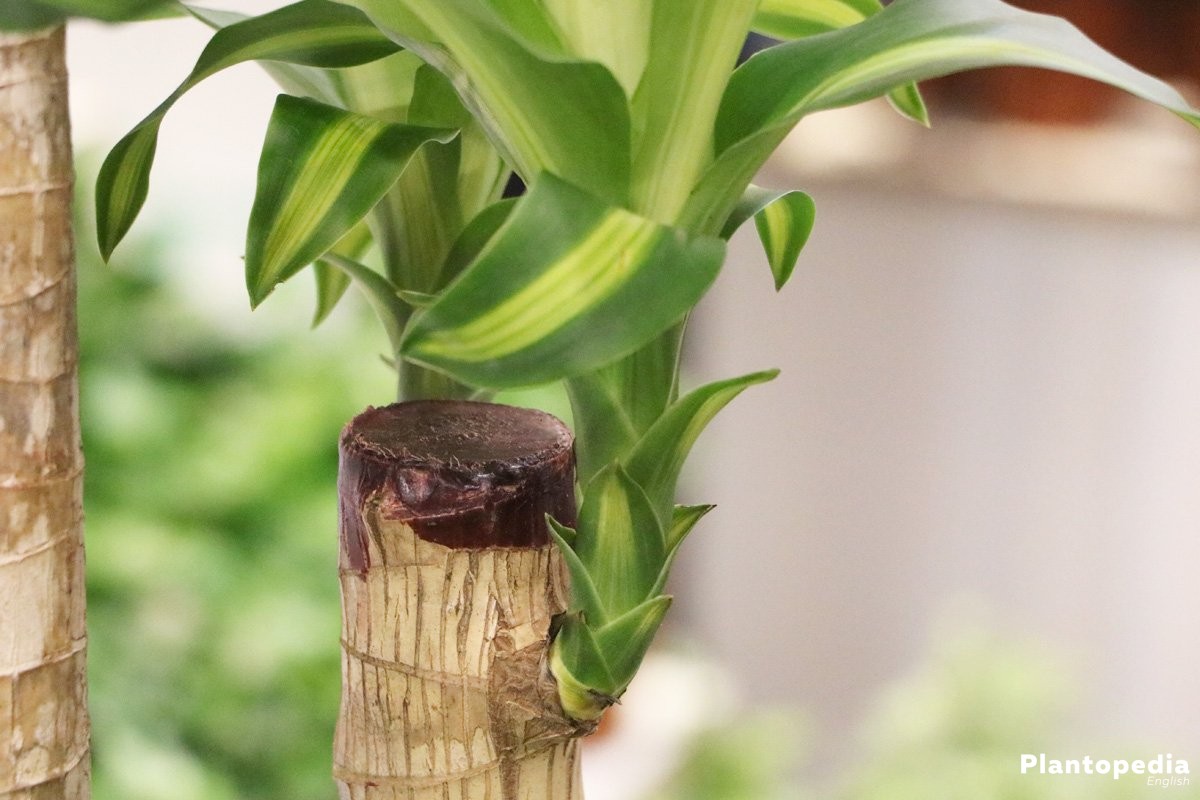
Note when pruning that open cuts increase the vulnerability for diseases and pest infestation. For this reason, powdered Sulphur or grafting wax should be used for covering after cutting. You do not need to throw cut-offs away. You can use it for multiplication purposes. Find out more in the section” Multiplication”.
Overwintering
Dragon trees go on a winter period in which the water demand reduces and it is not necessary to fertilize after November. Overwintering in open land is not possible. The dragon tree needs to be put in the warmth at latest when the temperatures are constantly below 15 degree Celsius.
The palm-like plant likes a room temperature between 18 and 20 degree Celsius during the winter period. If the plant stands on cold ground, it is advisable to put the pot on thermal insulation. For example, Styrofoam or mat made from coconut fibers or cork work well. The winter break ends in February/March and the demand for water and fertilizer will rise again.
Multiplication
It is not rare that you can get dragon trees from factory farming which might have existing diseases or a weakened plant structure. If you want to receive a strong and healthy plant, it is best to grow it yourself. For this, a variety of multiplication methods exists but the cultivation of cuttings is the most successful.
Head Cuttings
If your Dracaena Marginata shows fresh shoots in its upper part, you can cut off the ones with a length of eight cm. Put them in a small planter with a mix of soil and sand, and in this way, grow a head cutting to a real plant. You should pay attention that the soil stays moderately wet all the time. It is recommended to cover the pot with a transparent foil to keep the humidity high additionally.
The ideal temperature for root development is between 22 and 24 degree Celsius. You should choose a bright spot without direct sunlight. After about two to three weeks, sufficient roots have developed and the young plants can be planted in to substrate for adult dragon trees. Because this method usually hurts the overall appearance of the plant, it is advisable to do this during spring when a cutting back is wanted to ensure rich volume and improved growth.
Stem Cuttings
In the same course of multiplying by head cuttings, you can additionally grow stem cuttings. Cut the leaf-less stem in multiple at least five cm long parts. Start right underneath a stem junction. Multiplication works best if you place the cut off stem in a dark, water-filled glass at a temperature between 22 and 24 degree Celsius.
Place the glass in a bright place and exchange the water every two to three days.After a few weeks, first roots will develop. Ideal is, if you put the young plants now in cultivation soil and cover it for increase humidity with a plastic foil. This way, a thick root system can develop to subsequently survive in normal substrate. The perfect time for the re-potting into substrate is when the first shoots on the stem have developed.
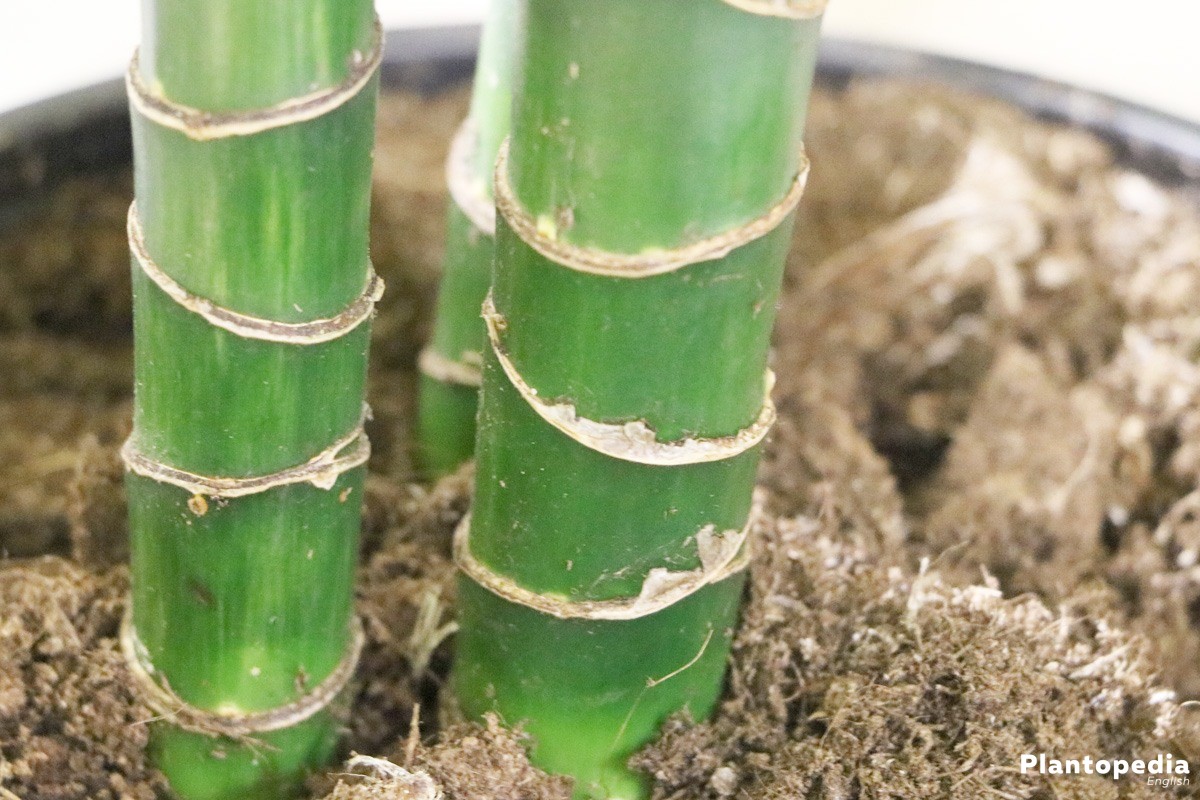
Diseases
Even though the dragon tree presents itself with immense robustness, failures in care or choice of location can lead to diverse diseases.
Root Rot
When dragon trees are kept to moist or exposed to water-logging for a long time, they quickly react with root rot. This shows predominantly through an unpleasant smell of the soil, which at a later stage will often be covered with mold. This can usually also be found on the roots.
Now, that plant needs to be taken out of the wet soil and affected roots need to be cut up to the base. Heavily soaked root parts will need to be cut off to the extent of one third. Subsequently, the dragon tree can be planted in dry soil or substrate. For at least two days, the soil should not be watered. Afterwards you should water with a reduced water amount in over to prevent overwatering.
Fungal Infection
A fungal infection is usually the precursor of root rot. The botanist calls it soft decay, which shows with softening of the stem and will evenly spread to the stem tip. The only thing that helps now is a fungicide and draining as already described in the section “root rot”. But the chances of the dragon tree’s survival decrease the further progressed the soft decay is and end in the worst case with disposal of the plant including the bucket.
Pests
Pest Infestations
Too dry or too wet air environment can draw pests to this green plant.
Spider Mites
Predominantly during the heating period, spider mites will often find a new home on the dragon tree. You can find them on the bottoms of the leaves where they will form white webs which can extend up to the stem. Typical signs are also white spots on the leaves, curled up leaves as well as discoloration and finally dying of the leaves.
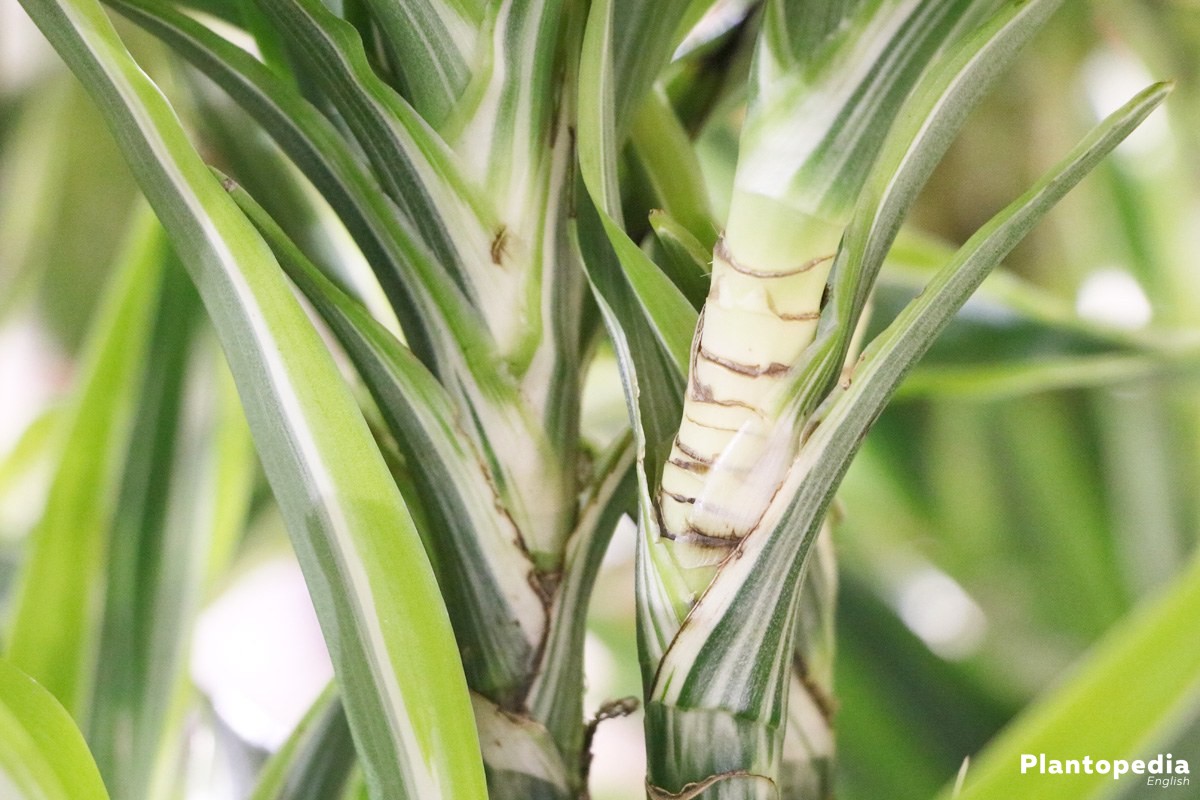
A quick help are special insecticides or the “bag treatment”. For this shower off the Dracaena Marginata and put it in closed air-tight in a transparent plastic bag and place it in a bright place without direct sun light. After three days, the spider mite problem should be remedied.
Mealy Bugs
If bright cotton-ball-like structures appear on the top of the leaves, it is most likely a mealy bug infestations. You can work against this with an insecticide containing neem oil or a strong soap solution with a shot of spirit. To fight against potential eggs, exchange the soil additionally.
Thunderbug
As a one to three mm long and dark-brown to lack-brown pests, the thripse presents itself at the bottoms of the dragon tree’s leaves. They suck their food from the leave insides which results in a slow death of the entire plant, if you do not fight against it.
Here as well a home remedy with showering off and the air-tight packing in a plastic bag is recommended, as already describes in the section “Spider Mites”.
Varieties
In the dragon tree genus are about 100 different species. The most common Dracaena Marginata will be often considered a separate species, but is subcategorizes for some years now as Dracaena reflexa var. Marginata. It is available in two or three color. The two-colored type has dark-green and red-framed leaves while the three-colored type shows with leaves in green, pink and crème-stripped.
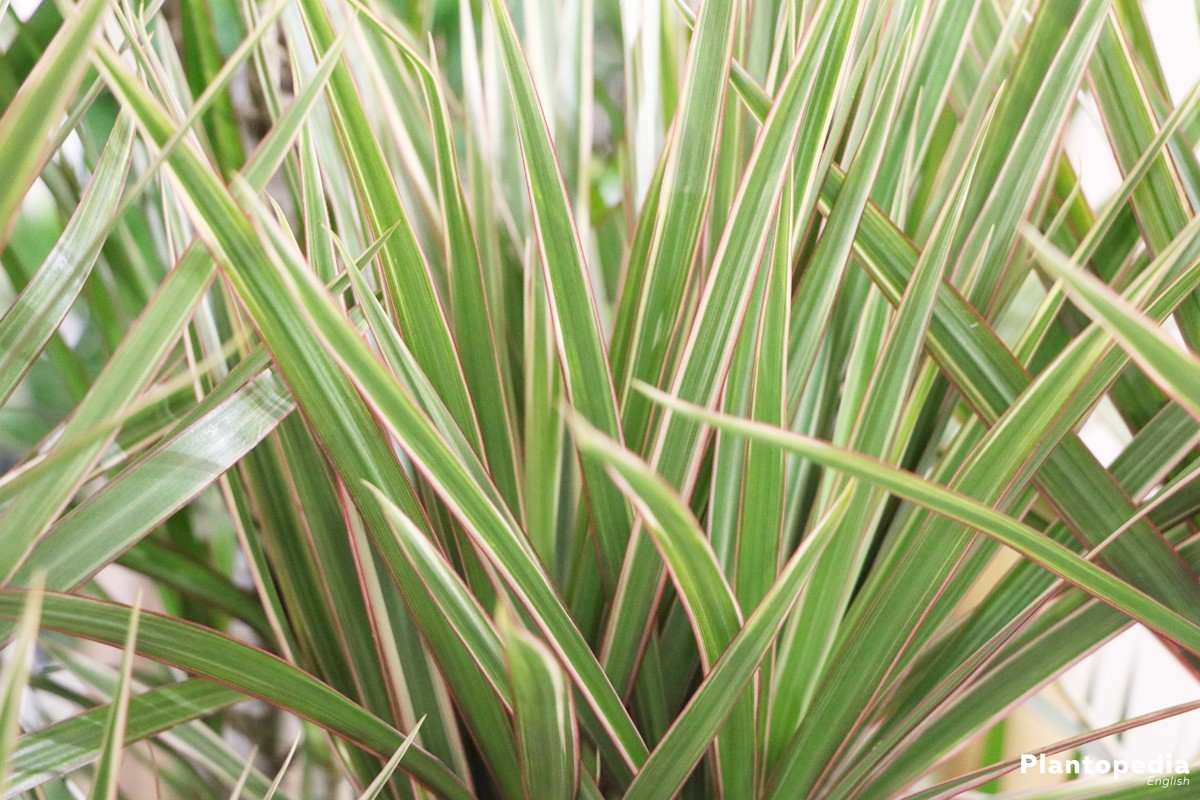
Another less known type, the “Dracaena deremensis” in the species “Bausei” shows in monochrome and reaches a maximum growth height of 120 cm. Of the same species is the type “Warneckii” with two bright stripes on the leaf.
Other known types in Europe include:
- Draco
- Fragrans with the types Lindenii, Massangeana and Victoria
- Goldieana
- Hookerana with the types Latifolia and Variegata
- Lexa with the type Variegata
- Sanderiana
- Surculosa (godseffiana) with the types Florida Beauty and Kelleri

